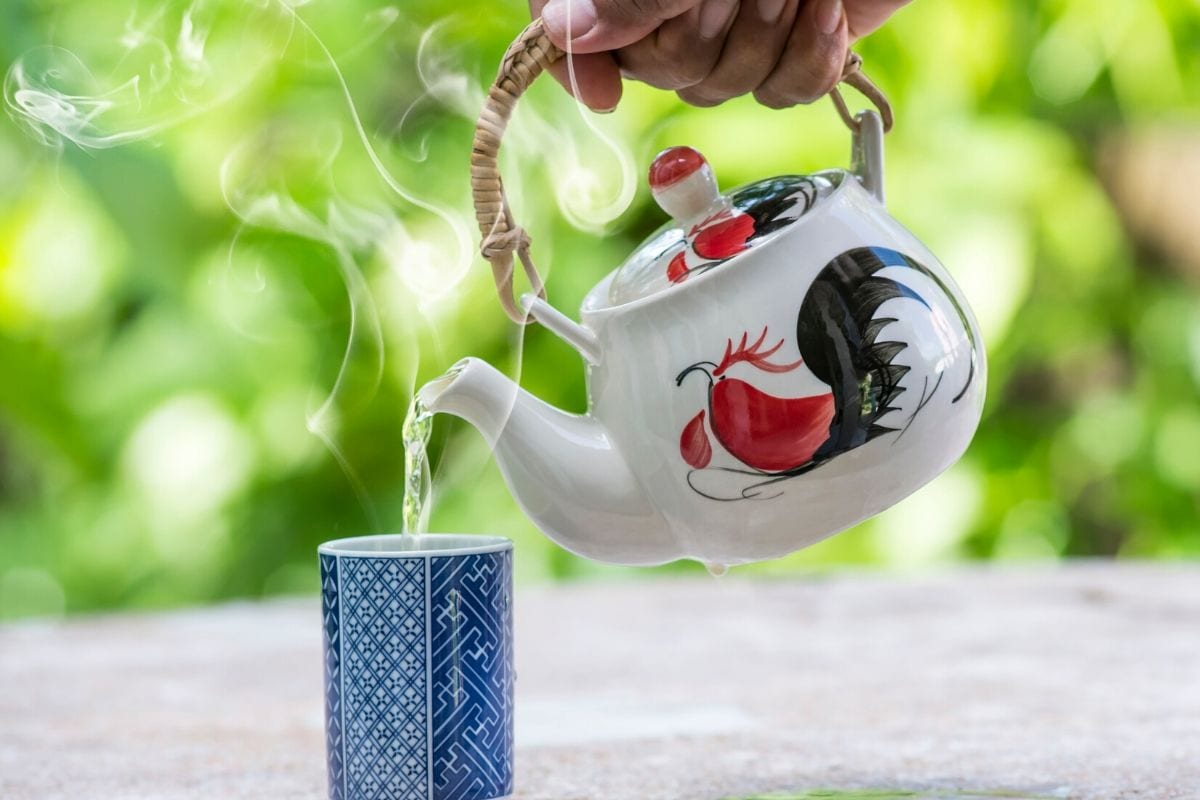Have you ever wondered about the rich tea culture in Thailand? From sprawling tea plantations to cozy tea houses, Thailand has a lot to offer when it comes to tea. In this article, we will delve into the fascinating world of Thailand’s tea culture, exploring the journey of tea from plantation to tea house.
Thailand may not be the first country that comes to mind when you think of tea, but it has a long history of tea production. The lush green mountains of northern Thailand provide the perfect climate for growing tea, with the cool temperatures and ample rainfall creating ideal conditions. Tea plantations dot the landscape, and their picturesque beauty is a sight to behold.
But tea in Thailand is more than just plantation scenery. It is a vibrant part of the country’s culture and traditions. Thai tea houses are popular gathering places where people come together to enjoy a cup of tea, socialize, and relax. These tea houses often have a range of teas to choose from, including traditional Thai teas and imported teas from around the world.
In this article, we will take a closer look at the process of tea production in Thailand, from harvesting the leaves to processing them. We will also explore the different types of teas that are grown in the country, each offering a unique flavor and aroma. So sit back, grab a cup of your favorite tea, and join us as we explore Thailand’s rich tea culture together.
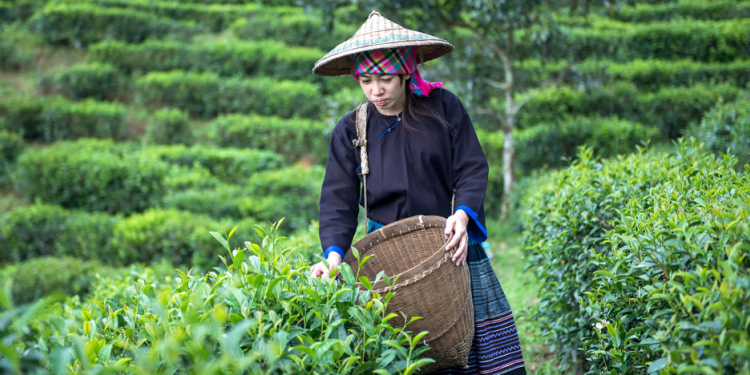
Thailand’s Tea Plantations
Thailand, renowned for its vibrant culture and stunning landscapes, is also home to a rich tea culture that has thrived for centuries. From the lush tea plantations to the traditional tea houses, tea holds a special place in Thai society. In this article, we will delve into the history of tea cultivation in Thailand, explore the major tea-growing regions, learn about the different types of tea grown, and discover the art of tea making and brewing methods.
History of tea cultivation in Thailand
Tea cultivation in Thailand dates back to the early 20th century when the production of tea was introduced by Chinese immigrants. Initially, tea was grown in small gardens and consumed domestically. However, as the demand for tea grew, the cultivation expanded, and Thailand became a significant player in the global tea market. Today, Thailand is recognized as one of the top tea-producing countries in the world.
Major tea-growing regions in Thailand
Thailand’s diverse climate and topography provide an ideal environment for tea cultivation. The country is divided into six main tea-growing regions, each with its unique characteristics. These regions include Chiang Rai, Chiang Mai, Mae Hong Son, Tak, Phetchabun, and Nan. Each region specializes in specific types of tea, influenced by factors such as altitude, soil composition, and weather patterns.
Types of tea grown in Thailand
Thailand is known for producing a wide variety of teas, catering to different tastes and preferences. Some of the popular types of tea grown in Thailand include green tea, oolong tea, black tea, white tea, and herbal infusions. Each type of tea undergoes a specific process of leaf plucking, processing, fermentation, oxidation, drying, and packaging to bring out its unique flavors and characteristics.
Tea Production Process
Tea leaf plucking and processing
The tea production process begins with the careful plucking of tea leaves from the plantation. Skilled tea workers handpick the young, tender leaves, as they contain the most flavors and aromas. After plucking, the tea leaves undergo a meticulous processing method, which includes withering, rolling, shaping, and firing. This process ensures that the leaves are ready for further stages of fermentation, oxidation, and flavor development.
Fermentation and oxidation
Fermentation and oxidation play a crucial role in the production of certain types of tea, such as black tea and oolong tea. After the initial processing, the tea leaves are left to oxidize, allowing the enzymes present in the leaves to react with oxygen. This process gives black tea its rich, robust flavors and oolong tea its complex, multi-layered taste.
Drying and packaging
Once the desired level of fermentation and oxidation is achieved, the tea leaves are carefully dried to halt the oxidation process and preserve their flavors and aromas. The drying process can be done through various methods, including sun drying, air drying, or using specialized drying machines. After drying, the tea leaves are sorted, graded, and packaged, ready to be enjoyed by tea enthusiasts around the world.
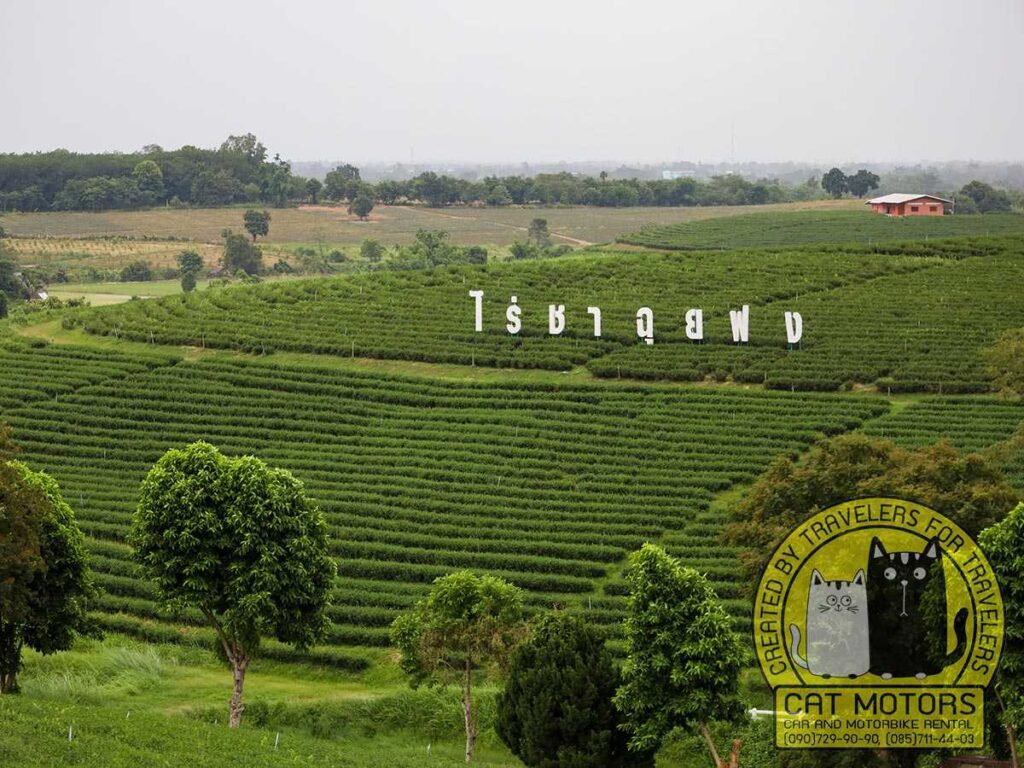
Traditional Thai Tea Brewing Methods
Art of tea making in Thailand
In Thailand, brewing tea is not just a simple task; it is considered an art form. The art of tea making involves precise measurements, exact water temperatures, and specific brewing times to bring out the best flavors and aromas. Thai tea masters have perfected this art over generations, passing down their knowledge and skills to preserve the authenticity of Thai tea.
Use of traditional tea utensils
Thai tea making is often accompanied by the use of traditional tea utensils, adding to the charm and elegance of the ritual. Clay teapots, bamboo tea strainers, and delicate tea cups are commonly used in Thai tea ceremonies. These utensils are not only functional but also hold cultural significance, representing the deep-rooted traditions associated with tea in Thai society.
Different tea brewing techniques
Thai tea brewing techniques vary depending on the type of tea being brewed. For example, green tea is usually brewed at lower temperatures to preserve its delicate flavors, while oolong tea is brewed at slightly higher temperatures to bring out its complex taste. Thai tea masters carefully select the appropriate brewing method for each type of tea, ensuring that the flavors are fully expressed and that the tea experience is truly remarkable.
Popular Thai Tea Varieties
Thai iced tea (Cha Yen)
One cannot mention Thai tea without highlighting the beloved Thai iced tea, locally known as “Cha Yen.” This iconic beverage is made by combining strongly brewed black tea with condensed milk and sugar, creating a sweet and creamy concoction. Served over ice, Thai iced tea is a refreshing treat enjoyed by locals and visitors alike.
Green tea (Cha Khao)
Green tea, known as “Cha Khao” in Thai, is another popular variety of tea in Thailand. It is made from unoxidized tea leaves, resulting in a light and refreshing flavor profile. Green tea is often consumed in its pure form or used as a base for other tea blends and herbal infusions.
Oolong tea (Cha Kuan Im)
Oolong tea, or “Cha Kuan Im,” holds a special place in Thai tea culture. This partially fermented tea offers a balance between the freshness of green tea and the depth of black tea. Oolong tea is known for its rich aroma, complex flavors, and health benefits, making it a favorite among tea connoisseurs.
Herbal and floral infusions (Cha Muan)
Thailand is also renowned for its herbal and floral infusions, known as “Cha Muan.” These infusions are created by blending various Thai herbs, flowers, and spices, resulting in soothing and aromatic beverages. Some popular herbal infusions include lemongrass tea, ginger tea, and butterfly pea flower tea.

Tea Culture and Rituals
Role of tea in Thai society
Tea plays a significant role in Thai society, beyond being a mere beverage. It is deeply ingrained in Thai culture and often served as a gesture of hospitality and respect. Thai people believe that tea has meditative properties and that it helps promote calmness, clarity, and social connection.
Tea ceremonies and traditions
Tea ceremonies and traditions are an integral part of Thai culture. These ceremonies are performed on special occasions, such as weddings, blessings, and religious events. Tea is brewed and served using specific rituals, showcasing the harmony between nature, mindfulness, and social interaction.
Tea houses and their significance
Tea houses, known as “Rak Khao” or “Ra Keng,” hold a special place in Thai tea culture. These serene establishments provide a sanctuary for tea lovers to enjoy their favorite brews, relax, and immerse themselves in the art of tea making. Tea houses often feature a variety of teas, tea-related paraphernalia, and expert tea masters who are passionate about sharing their knowledge and engaging in meaningful conversations with guests.
Thailand’s Tea Tourism
Tea tours and plantation visits
Thailand’s tea plantations are a magnet for tea enthusiasts and nature lovers. Tea tours and plantation visits offer a unique opportunity to witness the tea production process firsthand, explore the lush tea gardens, and learn about the rich history and traditions of Thai tea. Visitors can also participate in tea tastings, guided by knowledgeable tea connoisseurs.
Tea tasting and education
Tea tasting sessions are an essential part of tea tourism in Thailand. These sessions allow visitors to sample various types of tea, understand their flavor profiles, and learn about proper brewing techniques. Tea education programs are also available, providing in-depth knowledge about tea cultivation, processing, and cultural significance.
Tea-related souvenirs and products
Thailand’s tea tourism industry offers a variety of tea-related souvenirs and products for visitors to take home. From tea leaves and blends to tea accessories and traditional tea utensils, there is something to suit every tea lover’s taste. These souvenirs serve as a reminder of the unique tea experiences and the vibrant tea culture encountered in Thailand.
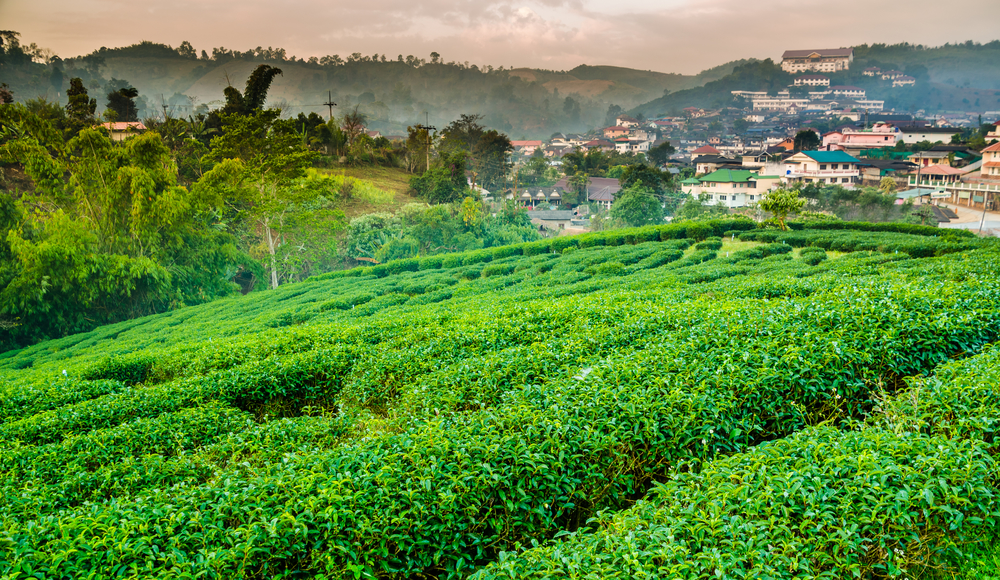
Health Benefits of Thai Tea
Antioxidant properties of Thai tea
Thai tea is rich in antioxidants, which play a crucial role in promoting overall well-being. These antioxidants help combat free radicals in the body, reducing the risk of chronic diseases and supporting a healthy immune system.
Digestive and metabolism benefits
Certain types of Thai tea, such as oolong tea and green tea, have been attributed to digestive health and aiding in weight management. They can help boost metabolism, promote digestion, and assist in maintaining a healthy weight when consumed as part of a balanced diet and active lifestyle.
Promotion of overall well-being
Tea drinking in Thailand is often associated with relaxation and tranquility. The act of brewing and savoring tea can help reduce stress, promote mental clarity, and improve overall well-being. Thai tea culture encourages mindfulness and taking time to enjoy the simple pleasures in life, enhancing one’s quality of life.
Tea Culture and Environment Preservation
Sustainable tea cultivation practices
Thailand’s tea industry recognizes the importance of sustainable practices to preserve the environment for future generations. Many tea plantations in Thailand adhere to organic farming methods, minimizing the use of chemical pesticides and focusing on natural pest management techniques. These sustainable practices protect the soil, maintain biodiversity, and ensure the long-term sustainability of tea cultivation.
Conservation of natural resources
Water conservation plays a vital role in sustainable tea production in Thailand. Tea plantations implement water management systems, such as rainwater harvesting and efficient irrigation methods, to minimize water consumption. This responsible approach to resource management helps preserve the fragile ecosystems surrounding the tea plantations.
Promotion of eco-friendly packaging
Thai tea producers are increasingly embracing eco-friendly packaging solutions to reduce their environmental footprint. Biodegradable tea bags, compostable packaging materials, and reusable containers are being adopted to minimize waste generation and promote a more sustainable tea industry.
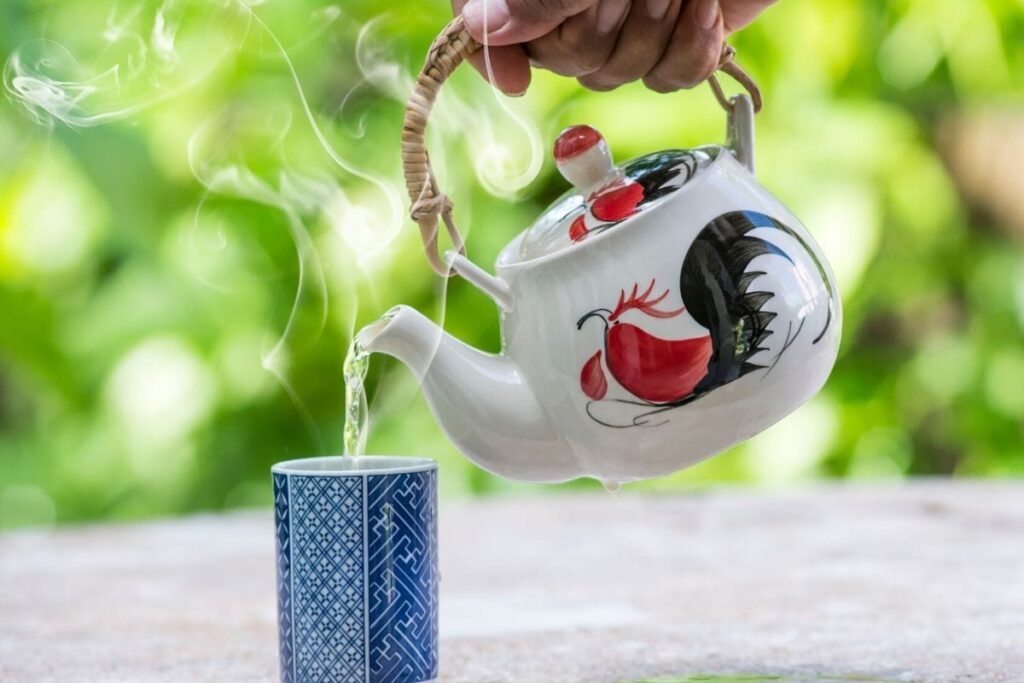
Impact of Globalization on Thai Tea Culture
Adoption of international tea trends
As Thailand’s tea industry continues to expand, it is not immune to the influence of global tea trends. With the rise of specialty and gourmet teas worldwide, Thai tea producers have started experimenting with different flavors, blending techniques, and innovative tea products to cater to changing consumer preferences.
Influence of tea imports on the local market
Despite being a major tea producer, Thailand also imports teas from various countries to meet the growing demands of its domestic market. These imported teas, such as Chinese teas and Indian teas, contribute to the diversity of the local tea scene and offer consumers a wide range of choices.
Challenges faced by traditional tea houses
While globalization has brought about new opportunities for Thai tea, it has also posed challenges for traditional tea houses. The popularity of coffee culture and the emergence of modern tea chains have led to a shift in consumer preferences, impacting the patronage of traditional tea houses. To adapt, many tea houses are exploring ways to modernize their offerings while preserving their authentic traditions.
Conclusion
Thailand’s tea culture is a captivating blend of tradition and innovation. From the tea plantations that produce diverse and exquisite teas to the tea houses that embody the art of tea making, Thailand offers a unique tea experience that transcends borders. As the country embraces globalization, it remains essential to preserve its tea heritage, ensuring that future generations can continue to appreciate the rich flavors, aromas, and rituals of Thai tea. By adopting sustainable practices, promoting cultural exchange, and celebrating the ongoing evolution of Thai tea, Thailand’s tea culture will flourish and enchant tea enthusiasts for years to come.
